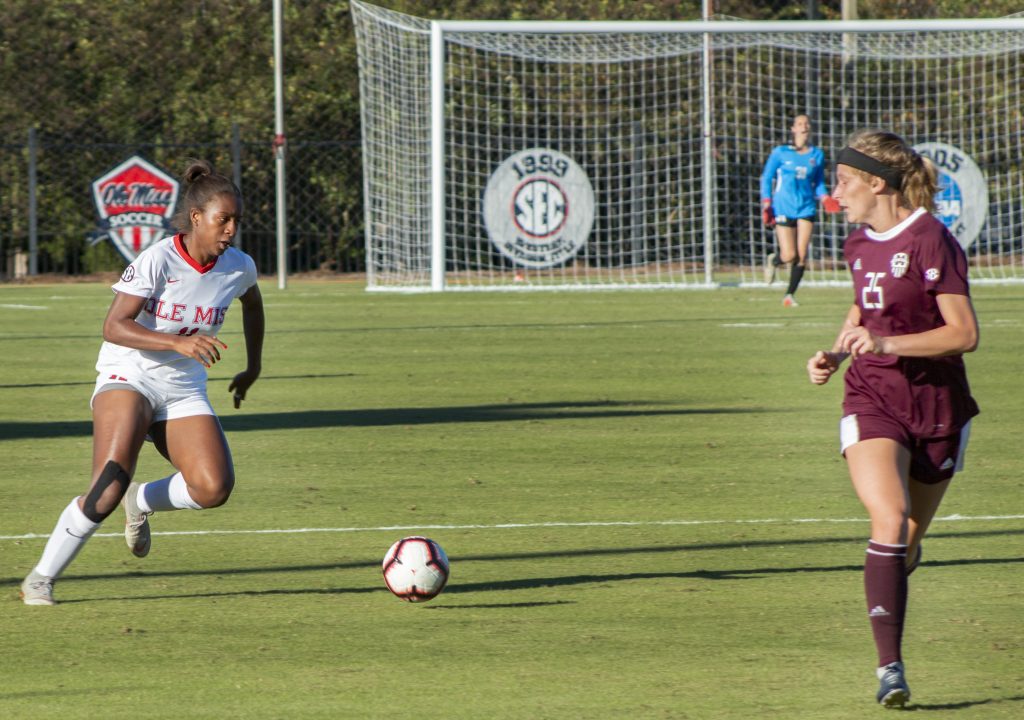It is no secret that American education is fundamentally flawed and unequal – beginning with K-12 school funding derived from property taxes and ending with disproportionate educational attainment along racial and economic lines. The COVID-19 pandemic and all of its chaos is changing how we approach education and what we deem as “success.” Could this be an opportunity for administrations to reimagine access to education?
Anyone who has been through a public school knows how much time and energy teachers put towards “teaching to the test” rather than simply teaching. The scores correlate less with academic ability and more with socioeconomic factors – factors outside of a person’s control. In the spring, all states received a pass on mandatory end-of-year testing. Whether or not they decide to continue testing this year and beyond is yet to be decided.
Similarly, more than 60% of four-year colleges and universities are now test-optional for fall 2021 admissions, according to the National Center for Fair and Open Testing. This isn’t only applicable to high school seniors. Graduate schools are dropping the GRE after online testing raised concerns about fairness for low-income students, especially for those who don’t have consistent internet access or access to their own room for four hours.
Due to COVID-19, a huge portion of our daily life has transitioned to the digital world – learning, working, socializing. We are realizing what can be done online and what cannot. For the most part, a lot can be done remotely.
While there is immense value to in-person learning, it comes at an immense cost. The University of Mississippi’s in-state cost of attendance for this school year is $25,752. However, for students living at home, the cost of attendance is $19,488. After four years, these cost differences add up, especially if a student is funding their education through loans.
Each student’s situation is different. In a national survey, 60% of students and graduates reported that they fear that anxiety over student loan debt is growing out of control, while others reported physical effects as well. For many, the amenities and experience of being in-person pale in comparison to thousands of dollars of student debt and paying upward of $3,000 to live in a dorm that may be shut down due to COVID-19 outbreaks.
Even after the pandemic, universities should consider offering more options to complete a degree remotely. This may not be feasible for all courses, but does a three-hour lecture class truly require a student to join in person when they could just Zoom instead? As time goes on, research and data will show us the right ways to learn digitally. It will be up to administrations to act on that data.
Universities are selling an experience, but students don’t need the full package of “student life” to succeed. At the University of Mississippi, this means the “Ole Miss” experience – composed of game days in the Grove and Greek life. For the safety of the community and the ease of students who are financially burdened, now is the time for the university to reorient its priorities. Perhaps, with education stripped bare during the pandemic, this moment is an opportunity for us to get back to the basics: educating students. Standardized testing and in-person learning are important because we say that they are important – not because they inherently are.
Let’s meet students where they are at this moment in time and in doing so, we can continue to create more thoughtful means of accessing quality education.
Ainsley Ash is a senior public policy leadership major from Meridian, Mississippi.















